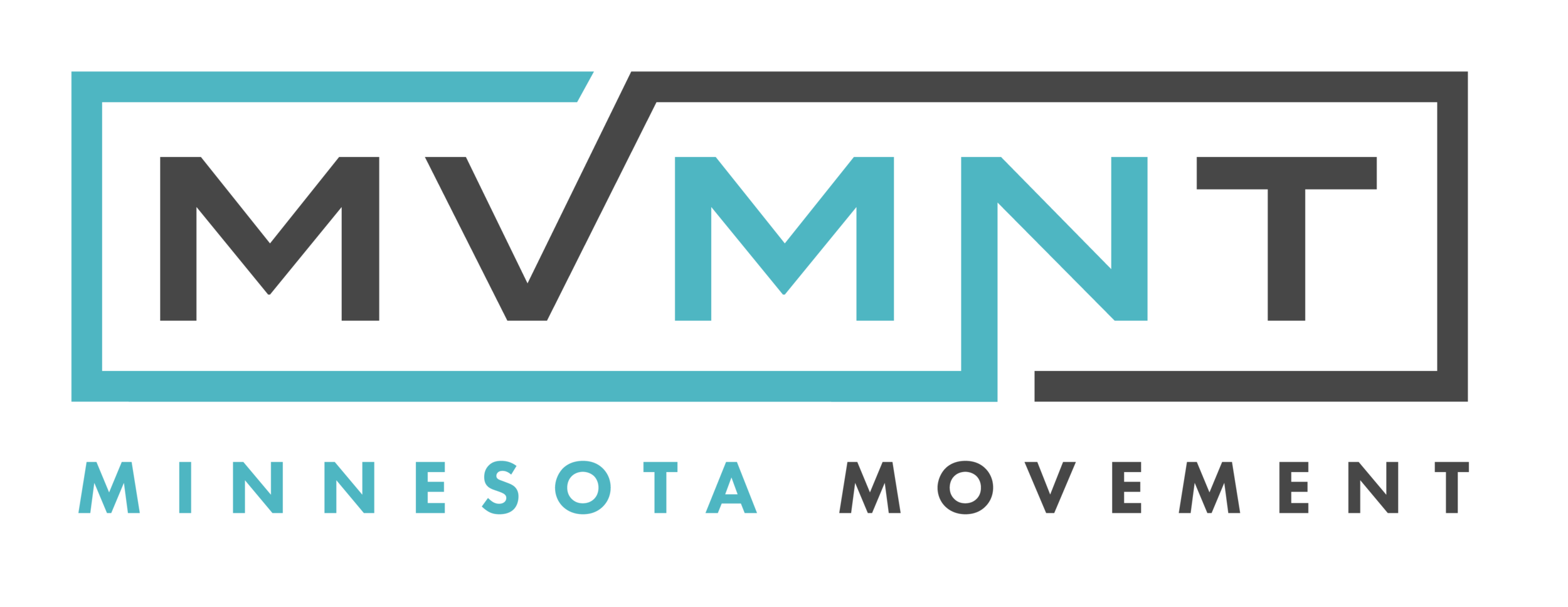How Chiropractic Care can Help IT Band Syndrome
Iliotibial Band Syndrome (IT Band Syndrome) is one of the most common causes of outer knee pain in athletes, especially jumpers, runners, and cyclists. At Minnesota Movement Sports Chiropractic in Excelsior, we specialize in identifying the root causes of IT Band pain and helping patients from the greater Lake Minnetonka area return to pain-free activity.
What Is IT Band Syndrome?
The iliotibial (IT) band is a thick band of connective tissue that runs from the hip, along the outside of the thigh, and attaches just below the knee. When the muscles that attach to this band (Glute Min and Tensor Fascia Latae) become tight or overused, it can rub against the outer knee and/or hip, causing inflammation and pain.
Common causes and aggravating factors include:
Running on uneven terrain, indoor tracks, or hills
Collapsed arches or poor footwear
Weak glute or hip stabilizer muscles
Pelvic misalignment and poor mechanics
Repetitive activity without proper recovery
When the IT band thickens or tightens, it places extra pressure on the knee bursa, leading to swelling, irritation, and pain—especially during running, cycling, or prolonged walking.
Symptoms of IT Band Syndrome
Sharp or burning pain on the outside of the knee
Discomfort that worsens with running, cycling, or climbing stairs
Lateral Hip or lateral thigh pain
Tightness or tension along the outside of the leg
Pain that improves mildly with rest but returns with activity
Differential diagnoses we also consider:
Patellofemoral Pain Syndrome (“Runner’s Knee”)
Lateral Meniscus Tear
Lateral Collateral Ligament (LCL) Sprain
Trochanteric Bursitis (hip pain on the outside)
Gluteus Medius or Tensor Fasciae Latae (TFL) Dysfunction
Due to the location and complexity of the Hip and Knee joints, it’s very important to have the correct diagnosis when it comes to IT Band Syndrome. With the above issues - they all mimic IT Band Syndrome. But when it comes to treatment and rehabilitation exercises - each diagnosis responds very differently and therefore we need a tailored approach based on an accurate assessment of the diagnosis.
How Chiropractic Care Helps with IT Band Pain
At Minnesota Movement, we don’t just treat the tight IT band itself—we address the underlying cause of why the IT band is compensating in the first place. This often involves looking at hip mechanics, pelvic alignment, gait patterns, muscle imbalances, and even foot/ankle biomechanics.
Our treatment strategies include:
Chiropractic Adjustments to the pelvis, hip, and knee for improved alignment
Manual Muscle Therapy to release tension in surrounding muscles
Active Release Technique (ART®) for soft tissue restrictions
Instrument-Assisted Soft Tissue Mobilization (IASTM) for adhesions and inflammation
Functional Dry Needling to ease tension or rigidity/spasm of tight musculature
Kinesiology Taping with RockTape® for support during activity
Tailored Rehabilitation and Corrective Exercises to build needed stability and mobility across the Hip and Knee Joints to muscles like the glutes, hip rotator muscles, the quadriceps, and the deep core
Running & Gait Analysis with in-house gait retraining
Patient Success Story
“As I was training for my first marathon, IT Band Syndrome had me sidelined for weeks. The team at Minnesota Movement identified weaknesses in my hips and corrected my running mechanics. With this newfound knowledge of what and why this issue was happening, I was running pain-free again within a month. And finished my race strong too!”
— Alyx P., Minnetonka
Get Relief from IT Band Pain in Excelsior, MN
Don’t let IT Band Syndrome keep you from running, cycling, or enjoying the activities you love. At Minnesota Movement Sports Chiropractic, our comprehensive approach helps patients throughout the Lake Minnetonka area recover faster and prevent future flare-ups.
📍 Conveniently located in Excelsior, MN near Lake Minnetonka
📞 Call us today at (651) 447-8898
👉 Schedule Your Appointment Online





